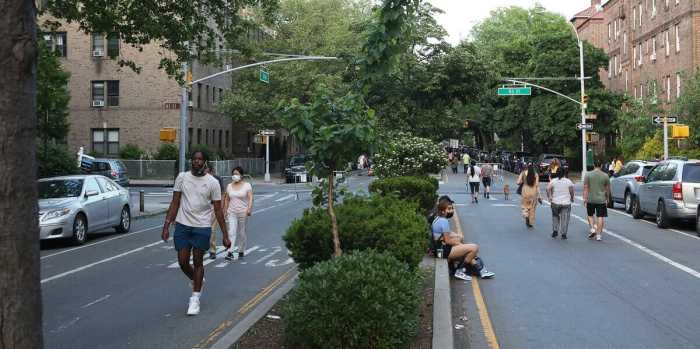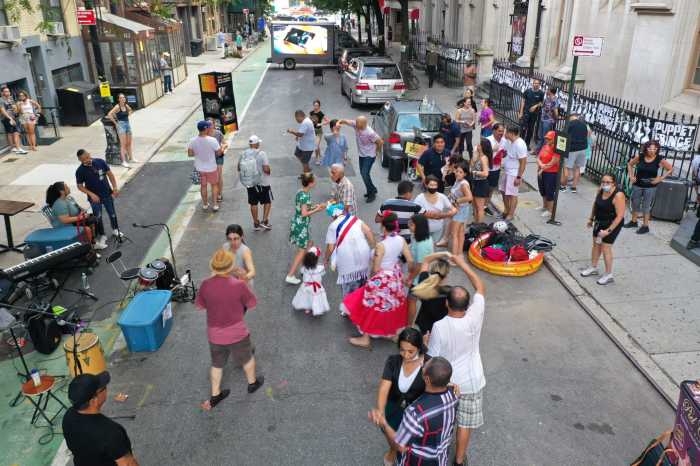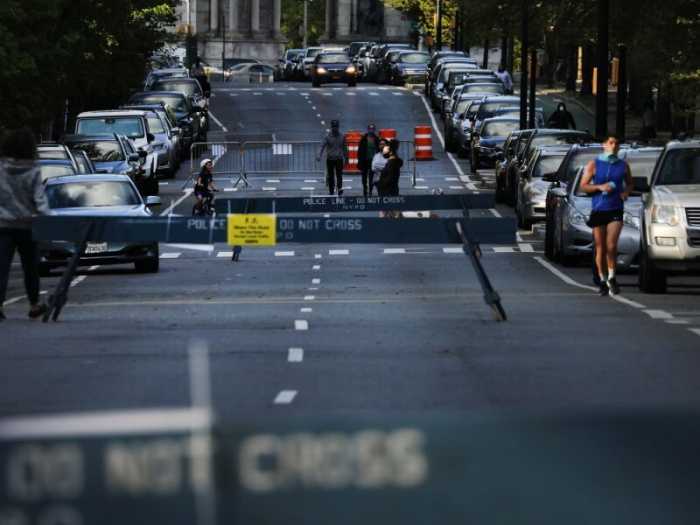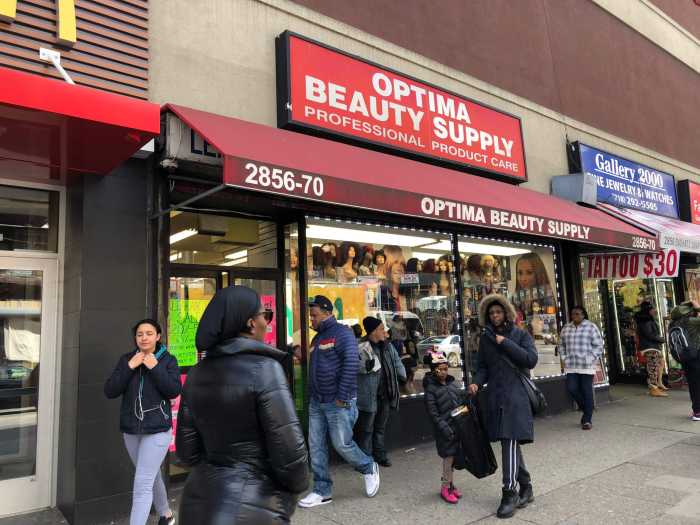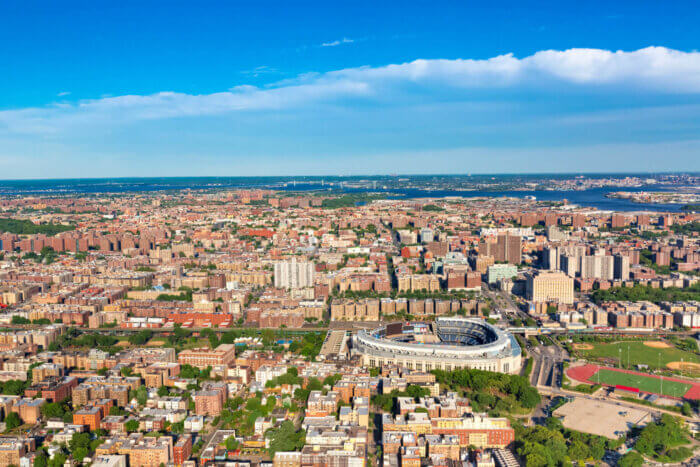
Bronx heavily represented on HPD’s list of 250 ‘worst’ apartment buildings
The city’s Department of Housing Preservation and Development (HPD) is putting the pressure on owners of 250 of New York City’s “worst” apartment buildings — accounting for roughly 39,000 open violations and $3.4 million in unpaid emergency repairs — to fix a laundry list of neglected housing code violations.
Among the 250 buildings selected by HPD, the Bronx has the highest amount of total households listed at 2,006, and second-most buildings at 75.
Through its Alternate Enforcement Program (AEP), HPD identifies and selects buildings in the city accruing major housing code violations, including unaddressed mold and heat outages, and puts the onus on building managers and owners to address said violations within a few months notice.
According to HPD, if a building owner does not address violations within the first four months of the program, the owners could be levied with significant fees and an order to correct — which requires owners to address violations, fix faulty building infrastructure and clear at least 80% of open mold and pest violations.
“Landlords across the city need to know that if they don’t do right by their tenants, we will take action,” said HPD Commissioner Adolfo Carrión Jr., the former Bronx borough president. “All New Yorkers deserve safe, well-maintained homes and our Alternative Enforcement Program is one of our sharpest tools for improving the lives of people who live in the most distressed buildings across the city.”
Revel mopeds (partially) return to the Bronx following more than year-long suspension
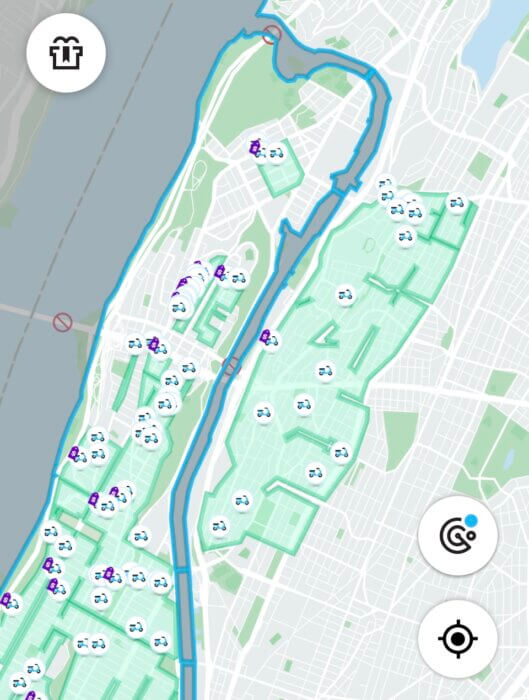
After removing service from the borough more than a year ago, Revel has returned its electric mopeds to part of the Bronx, the Bronx Times has learned.
The company pulled its mopeds from the borough in December 2021, blaming a “significant spike in thefts,” which was first reported by the Bronx Times. A source familiar with the matter said that the batteries were a particular target.
The newly introduced Bronx service area is restricted to the west side of the borough. The new zone, which includes the Highbridge, Morris Heights and University Heights sections, starts just north of the Macombs Dam Bridge at Ogden Avenue and goes up to West Fordham Road.
Micromobility options aren’t consistent across the Bronx. Citi Bike is concentrated in the western portions of the borough, while the city’s e-scooter program is contained to the East Bronx. Some neighborhoods, like Norwood, City Island and Riverdale, have neither.
East Bronxites George Torres and Luke Szabados both expressed a desire for the moped pick-up and drop-off area to expand boroughwide.
Torres, a Co-op City resident and the district manager for Community Board 12, told the Bronx Times that the geographical constraints create a “missed opportunity.”
A $4.1M grant could help Montefiore Einstein understand increase of type 2 diabetes among children, Bronxites
With type 2 diabetes steadily rising among children, the Bronx has the highest rates in New York state, with roughly 16% of adults afflicted with the disease.
A $4.1 million national grant could help the Children’s Hospital at Montefiore and Albert Einstein College of Medicine uncover some much-needed answers into the disease, its prevalence, and the social and biological risk factors that affect Bronx children.
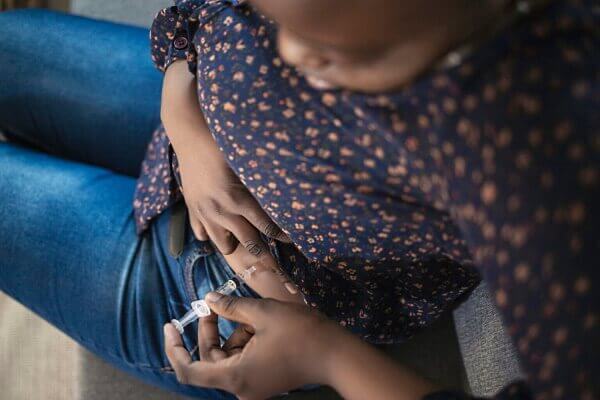
The study — conducted by The National Institute of Diabetes and Digestive and Kidney Diseases under the umbrella of the National Institutes of Health — will enroll 3,000 children from a variety of racial and ethnic minority populations at 15 clinical sites across the country to better understand what factors have led to an increase in the disease.
In January 2024, Montefiore Einstein will enroll around 250 children between 9 and 14 years old who are clinically overweight or obese and have type 2 diabetes. The study will follow up with those enrolled over the course of two and half years.
“We anticipate that the study will help pediatricians and families in identifying who are the children that are most at risk for diabetes. As of now, we do not have good screening methods,” Dr. Carmen Isasi, an associate professor of epidemiology & population health and pediatrics at Einstein.
‘Open’ or shut case: NYC hit with federal ADA lawsuit seeking to end Open Streets
A dozen New Yorkers with disabilities have filed a federal lawsuit against the city, claiming that its Open Streets program violates the Americans With Disabilities Act, with the hope of scuttling the program.
The lawsuit, filed in Brooklyn Federal Court Monday, says everything about Open Streets is a ruse down to its name, deeming it “Orwellian Newspeak” and arguing it would more appropriately be called “Closed Streets.” The plaintiffs argue that by occasionally closing off some streets to car traffic, seniors and people with disabilities who can only travel by motor vehicle — particularly those living on Open Streets — are facing illegal discrimination.
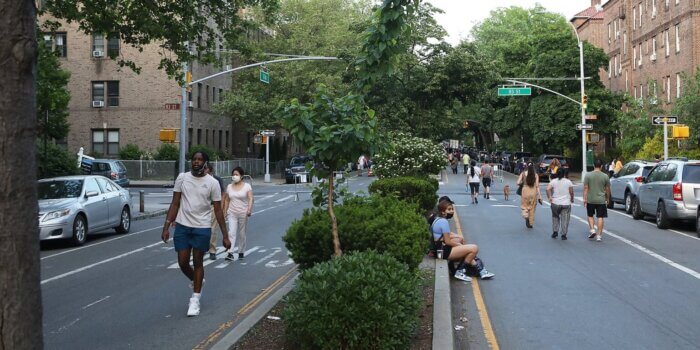
“The program results in the de facto closure of New York City’s public avenues and streets to individuals with disabilities — whose only or primary access to the streets and to the buildings, businesses and services on the streets — is through the use of motor vehicles,” the 12 plaintiffs, who live in Manhattan, Brooklyn and Queens, allege in the suit, which names the city and various organizations managing Open Street locations as defendants.
Open Streets began at the height of the COVID-19 pandemic, intended to provide open space on local streets for locked-down city residents. The program proved one of the more popular pandemic-era policies, and has returned each summer, with this year’s program set to encompass more than 300 city blocks across all five boroughs.
For more coverage, follow us on Twitter, Facebook and Instagram @bronxtimes


